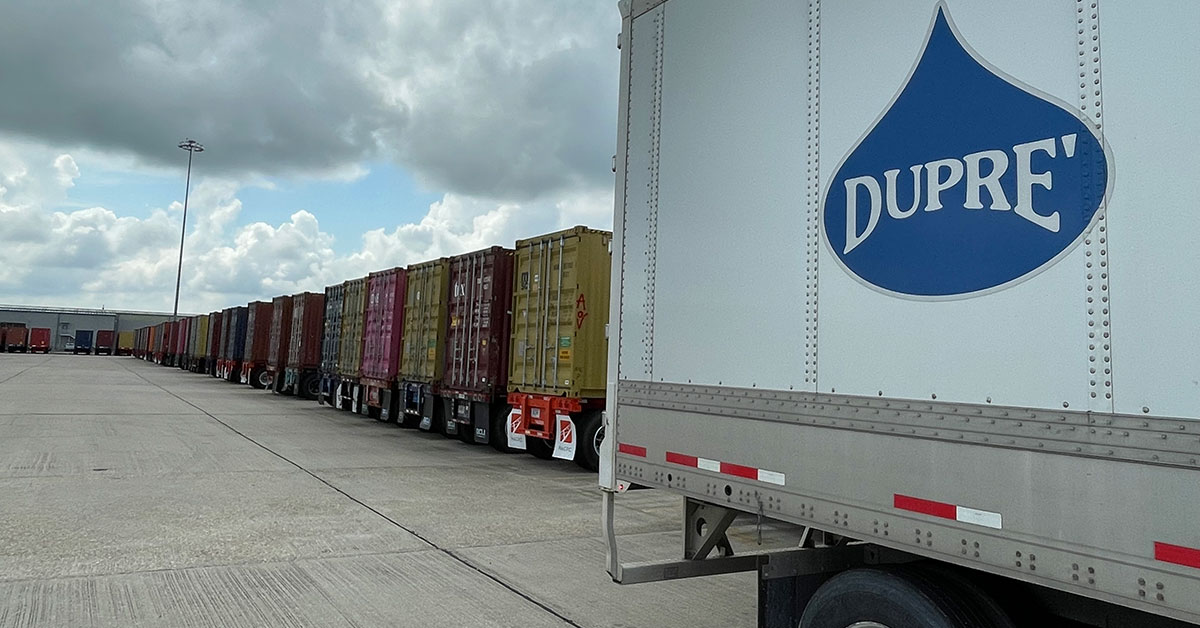Supply chain managers have been mitigating risk for as long as they’ve been in operation, by predicting the likelihood a disruptance will occur in a firm’s operations and planning accordingly.
Typically, these disruptions have included forecast errors, poor supplier performance and transportation setbacks. Because most firms have accrued historical data on their expected risks, this sort of risk exposure management has usually worked well for smaller firms. But as companies expand to the global arena, a firm’s risk exposure compounds, calling for new and inventive ways to prioritize risk.
The Problem
How can supply chain managers mitigate unforeseen, low-probability, high-impact events like fires or devastating storms (like hurricane Katrina)? There is little, if any, historical data on the probability of unforeseen events, making risk management increasingly difficult for supply chain managers. There is surprisingly little correlation between how much a firm spends annually on risk mitigation at a particular site and the impact that site would have on the supply chain. Most risk mitigation has been focused on a supply chain’s ‘strategic suppliers’ where expenditure is high and services are necessary. By failing to focus on other, less visible facets of the supply chain, leaders expose themselves to hidden risks and unnecessary waste. Thanks to the new Risk Exposure Index, that can now change.
Risk Exposure Index (REI)
Risk Exposure Index (REI) is transforming the way companies prioritize risk. REI is a mathematical, computerized description of supply chains developed by MIT professor David Simchi-Levi and his colleagues, used to successfully manage unpredictable supply chain disruptions. It has already been successfully applied at the Ford Motor Company, and many others, such as Cisco, are following suite. The model helps prioritize the financial impact of risk through the Risk Exposure Index (REI), enabling companies to focus mitigation efforts on the most important suppliers and risk areas. Rather than focusing on the cause of disruption (suppliers, flooding, transportation), the model breaks down individual nodes within the chain and focuses on their impact of loss or disruption, regardless of the reason.
How REI Works
By breaking a supply chain into nodes of interaction, companies can determine the financial and operational impact of each node, and then calculate the repercussions of disruption if a node were to be out of operation for a certain period of time. The model assesses costs induced by potential disruption based on the estimated Time to Recovery (TTR), determining the Financial Impact (FI) a certain risk node might have. TTR plays an integral role in the REI, as it helps determine the recovery rate for specific nodes by analyzing historical data and the firm’s buyers or suppliers. A questionnaire is provided to help individual companies assess node risk and TTR.
Analysis is then conducted by removing one node in the chain at a time for the estimated TTR. The model next determines the most efficient response to minimize production disruption. Based on the optimal response noted, a Performance Impact (PI) number is assigned for the node, ranking in risk relation to the other nodes. A quantitative metric separates suppliers or nodes by risk level based on the total amount of money a company spends per year at each node, and the PI a disrupted node will have on the firm. This allows managers to glance at performance impact values and determine which nodes represent the most risk mitigation attention.
In a video interview on a weekly supply chain news broadcast with CSCMP, Simchi-Levi said that the REI is already being readily accepted and used by a number of companies. Companies are frequently talking about TTR and changing their vocabulary around risk management. Shortly after REI was introduced, Toyota began investing in a program to reduce supply chain TTR in the wake of Japan’s natural disasters that had set the company significantly behind. Simchi-Levi noted that the process of collecting TTR information in a supply chain begins to transform how companies approach risk management. Companies realize they lack the requisite TTR data, and once the data is collected, organizations can become engaged in finding ways to reduce TTR and the financial impact.
Because global risks often can’t be predicted, REI does away with the time consuming effort of predicting risks. Instead, it offers a real time and flexible way to plan the most efficient course of action in the face of any disruption. Using linear optimization to determine best response practices to disruption, companies can experience a variety of benefits using REI, especially the element of flexibility in supply chain responses. REI is an exciting step in the right direction for global and regional supply chain risk management- it’s time to start understanding your REI.

